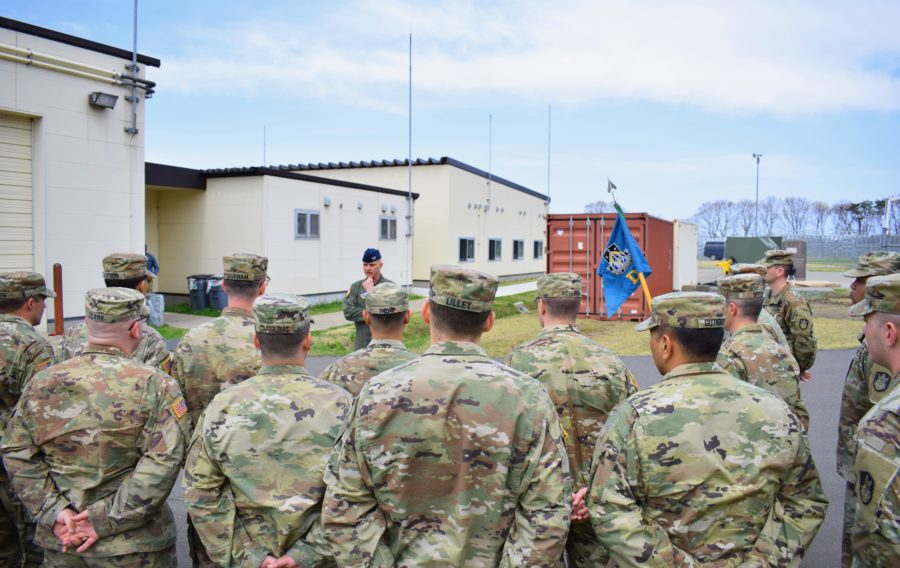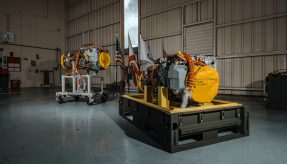
The US Army has partnered with Northrop Grumman to deploy enhanced Joint Tactical Ground Station (JTAGS) capabilities in Japan, bolstering battlespace awareness and missile defence.
The Japanese project forms part of a wider programme of JTAGS modernisation awarded to Northrop Grumman some years previous. The system itself dates back to 1997 when it was first fielded, providing advanced missile warning via direct satellite data sensors.
“JTAGS is perpetually ‘on duty’ and ‘first to see, first to report’ on ballistic missile launches,” said Dan Verwiel, Vice President and General Manager, Missile Defence and Protective Systems at Northrop Grumman. “Our continuing collaboration with the Army has enabled even greater capabilities to protect our joint warfighters and allies.”
Northrop Grumman has since updated JTAGS hardware, software and communication systems, and inputted additional data sources including the Space Based Infrared System geosynchronous scanner and highly elliptical orbit feeds. The entire soldier-machine interface has also been overhauled while new cyber security measures have been introduced.
For the uninitiated, JTAGS receives and processes data directly down-linked from the Defense Support Program and other infrared satellite sensors. The system then disseminates near-real-time warning, alerting and cueing information on ballistic missile launches and other tactical events throughout the theatre via multiple communications networks.
Under the direction of the Army Space and Missile Defense Command, Redstone Arsenal, Alabama, Northrop Grumman has been JTAGS prime contractor since 1994. The business remains responsible for developing, fielding, maintaining and enhancing the system worldwide.
If you would like to join our community and read more articles like this then please click here.







